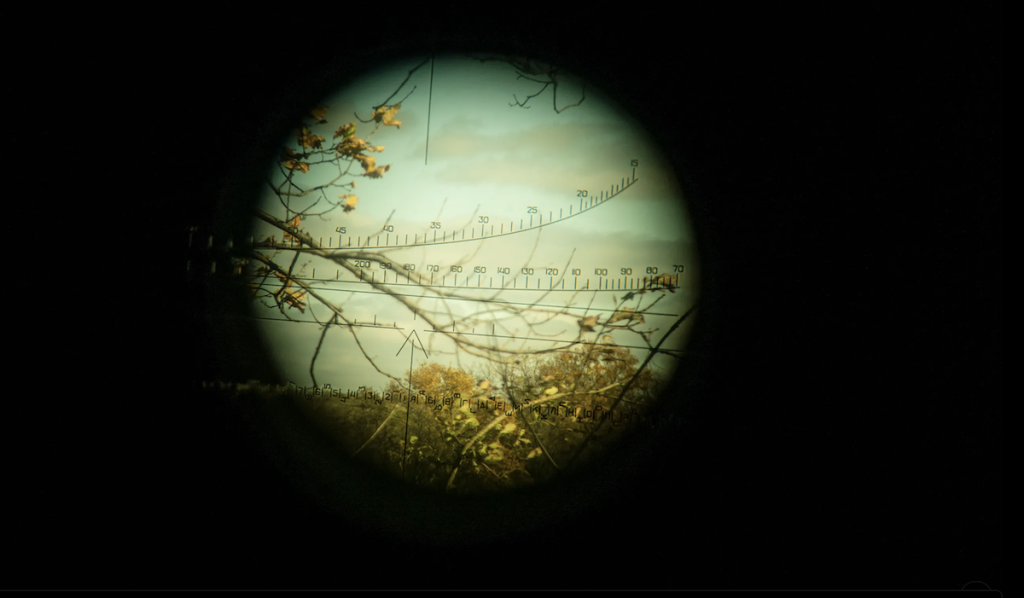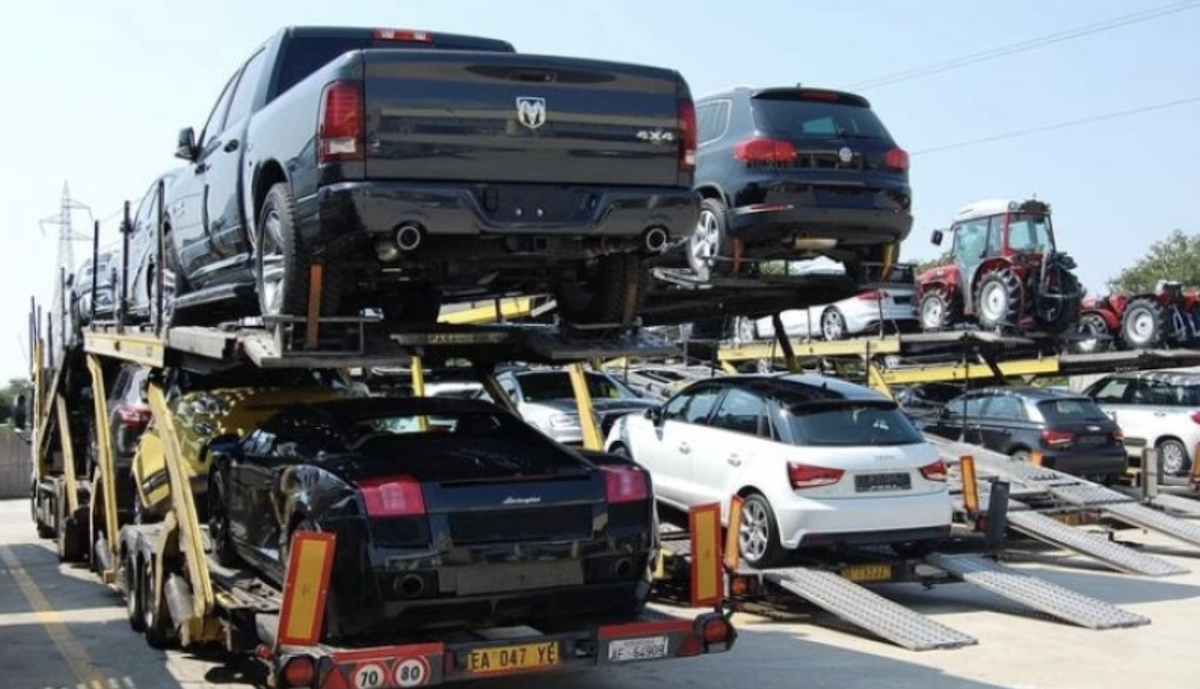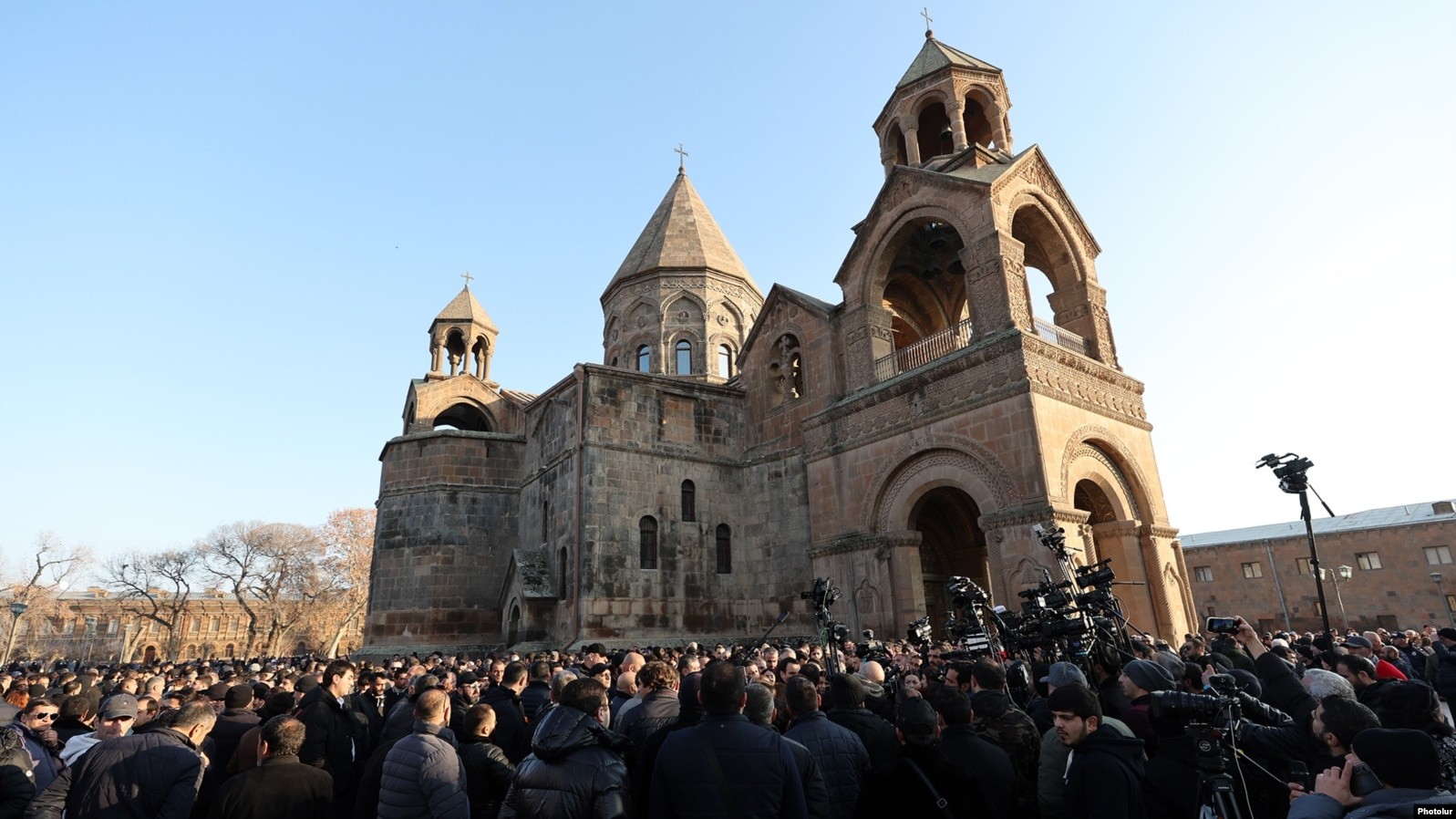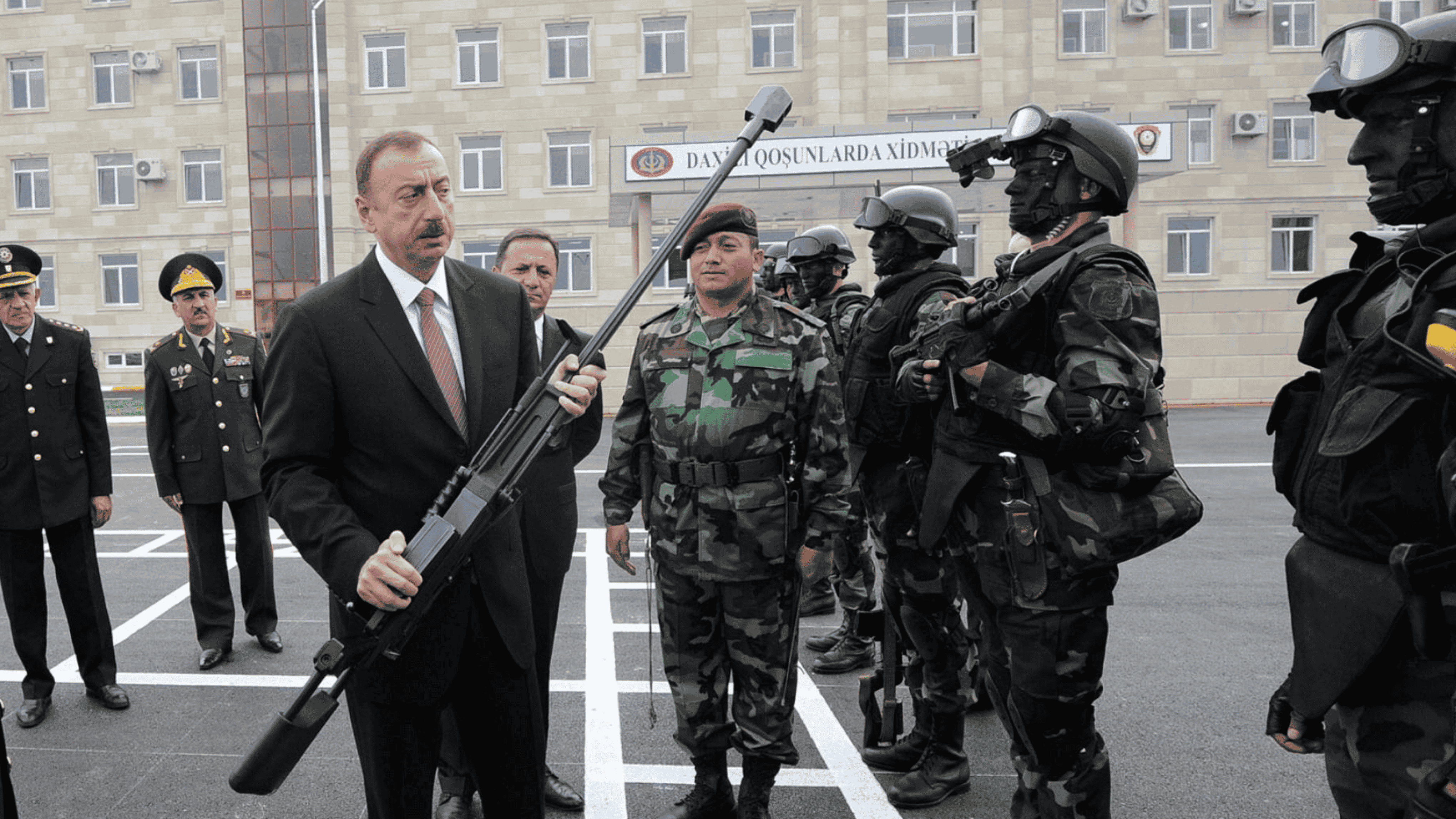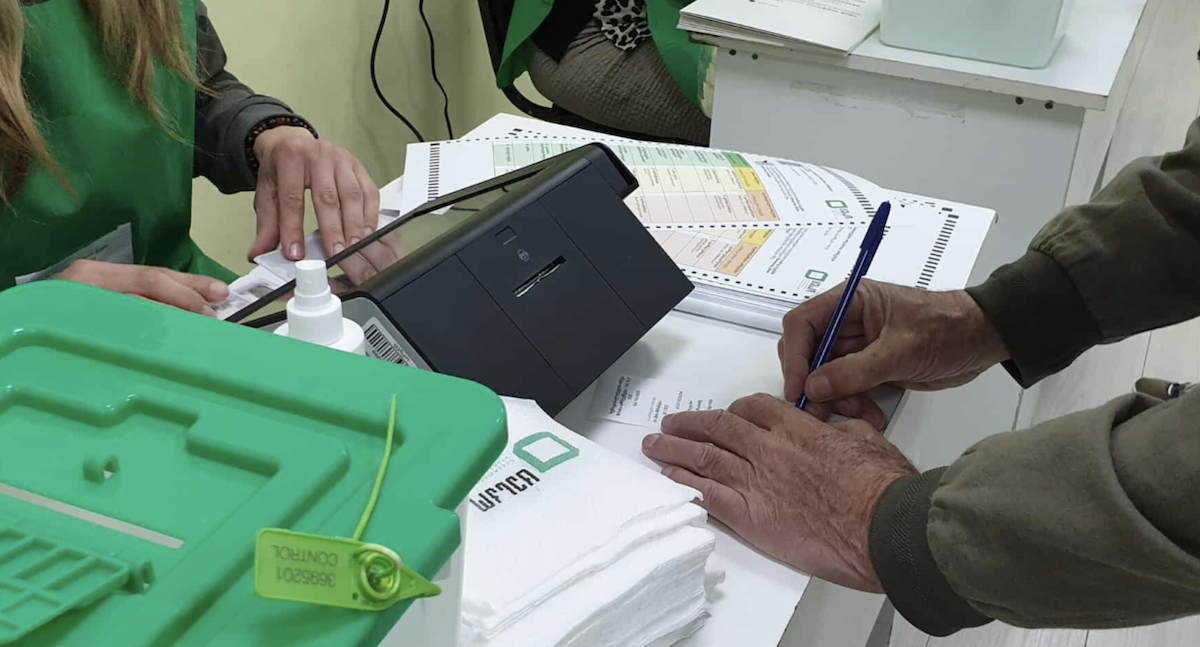Why Iranian drones have become a problem for Ukraine, but won't help Russia
Russian-Iranian drones in Ukraine
Iran plans to send more combat drones and new ballistic missile systems to Russia for use in Ukraine, the Institute for the Study of War (ISW) writes. According to the Ukrainian military, this is a batch of more than 200 Shahed-136, Mohajer-6 and Arash-2 combat drones.
Iran categorically denies supplying Russia with drones. Experts argue that this is difficult to prove, because Iran sends the drones disassembled, and Russian personnel, who also apply Russian decals, assemble them on site.
Follow us – Twitter | Facebook | Instagram
The planned increase in the supply of Iranian drones was also reported by CNN, citing its sources. According to CNN, Iran plans to send 1,000 weapons to Russia by the end of the year, including short-range surface-to-surface ballistic missiles and combat drones.
This will be the first confirmed case of Iran sending advanced precision missiles to Russia, CNN reports.
ISW comments that Russia needs additional deliveries of Iranian weapons systems due to depletion of its stocks in its massive campaign to destroy Ukraine’s critical infrastructure. The campaign intensified after the Crimean bridge was blown up on October 8.
Russia is using up missiles faster than it can produce them, according to British intelligence. Kyiv said Ukrainian air defenses have shot down more than 300 Shahed-136 drones since Russia first began using them in Ukraine on September 13.
What Iranian drones are
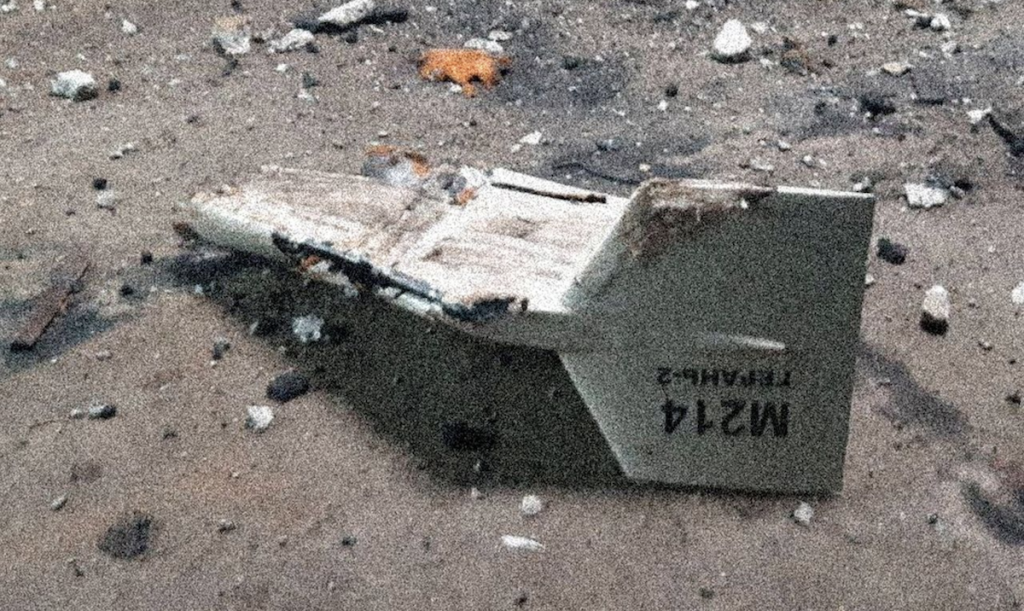
In September 2022, pro-government Russian media presented the Iranian Shaheds as an opportunity to change the course of the war in their favor. It was assumed that they would destroy HIMARS installations and other expensive Western equipment in service with the Ukrainian army.
But in reality, Iranian drones are repeating the fate of another “retaliatory weapon” – German V-1 missiles, the Republic writes. Their use by the Third Reich at the end of World War II caused damage to the civilian infrastructure and civilian population of Great Britain, but not to military installations. The Shahed-136 drones look the same so far.
- Is Turkey helping Russia evade sanctions? Overview from Istanbul
- “If they close the border, there will be only one way left – war.” Stories of refugees from Russia
What is the “Shahed” in comparison with the Turkish “Bayraktar”?
The differences between the Shahed-136 and Bayraktar TB2 drones are fundamental, Republic writes.
The difference in price is already indicative: about $20,000 for Iranian drones and about $5,000,000 for Turkish.
The gap is explained by the different purpose of drones.
Bayraktar is a full-fledged light attack aircraft controlled not by a crew in the cockpit, but by operators on the ground. It needs full-fledged infrastructure from the runway to refueling machines and control centers. It is designed to be reusable.
It is an expensive weapon that needs competent management and proper maintenance. The loss of each unit is significant and palpable.
Shahed-136 is a kamikaze drone. Operators usually launch such devices in groups, giving them specific target coordinates. Apparently, it is impossible to change them after launch. The range declared by manufacturers is up to 2,500 kilometers.
It turned out to be very convenient for Russia to use these drones specifically to destroy infrastructure in Ukraine. The flight speed of the Iranian UAV is about 180 km / h, which makes it almost impossible to hit moving targets. If the target is located three hundred kilometers from the launch point, then the time of its destruction will be one and a half hours. A tank or the same HIMARS will hardly be in one place for such a period of time.
- Second influx of Russians into Armenia: risks for a small country
- How long the war in Ukraine might go on, how many victims, how it may end for Russia
Why doesn’t the Ukrainian air defense system shoot down all drones?
They are very small devices.
“The Kh-101 or Kh-555 cruise missile has a fuselage size of five meters. And this drone has a fuselage size of three meters, a wingspan of only two meters. It turns out that radars almost do not see such kamikaze drones. To see it in the air, sometimes you have to launch fighter aircraft.
It can fly at an extremely low altitude, as low as 60 meters above ground.
In fact, this drone can be heard and detected only when a characteristic sound is heard, as if the engine is from a scooter or motorcycle. Pilots or crews of anti-aircraft missile systems have to rely on their own eyes,” military expert Ivan Kirichevsky says in an interview with Current Time.
There is little air defense, and they are unevenly distributed.
There are more of them in the south of Ukraine. And in Kyiv, fighting “flying mopeds [as they are called because of the sound] is often done with small arms – as in this video with Ukrainian police.
The destructive power of drones is the main threat to residential buildings
Military experts say that a warhead weighing only 20 kilograms has a lot of damaging elements — balls that receive kinetic energy from the explosion.
“There was an episode that was reported in open sources. The Ukrainian MiG-29 was able to shoot down an Iranian kamikaze drone during an air battle. But the balls flew with such intensity that the plane was literally torn to pieces. If a combat aircraft has received such damage, what can we say about concrete structures that are not designed to be hit with explosives with shrapnel,” Ivan Kirichevsky says.
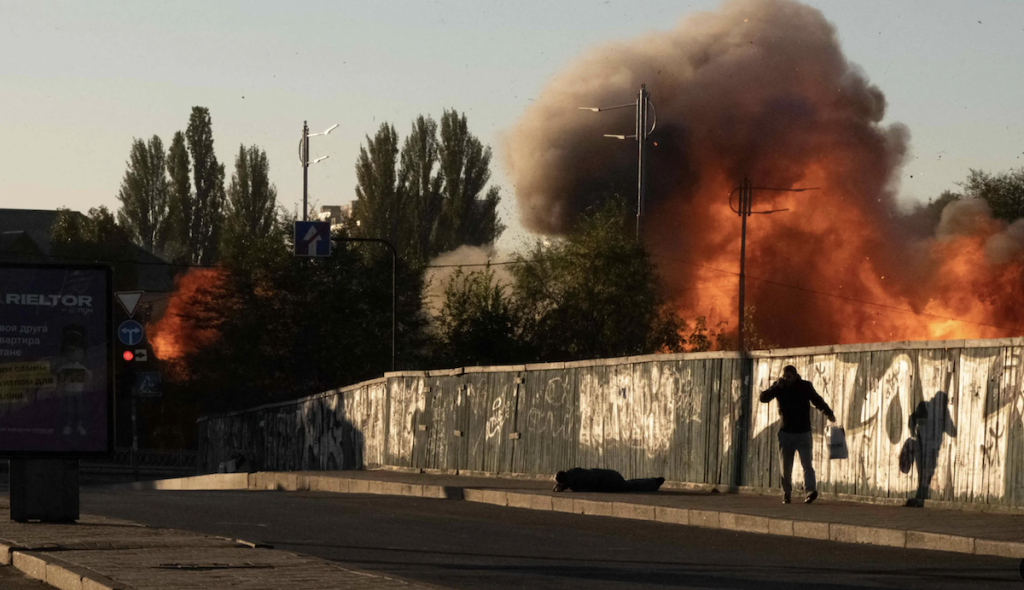
Why Iranian drones are unlikely to become a “wonder weapon” for Russia
The manufacturer, HESA, may have overestimated the capabilities of its product — a flight of 2,500 km. But military experts confirm that with the help of “Shaheds” from the occupied Crimea and Kherson region, the Russian military can hit targets throughout Ukraine, right up to the Zhytomyr region, Volyn and Transcarpathia.
But the Ukrainian military is quickly learning how to deal effectively with them. Here the size of the drones is already working against them.
For a kamikaze drone the Shahed is too large in size — larger than all modern kamikaze drones, like the American Switchblade and the Polish Warmate.
The Ukrainian command in official reports claims that the Armed Forces of Ukraine are shooting down 8-12 Shaheds daily. The National Security and Defense Council of Ukraine stated that today it has accounted for 85-90% of the UAVs launched by the enemy.
The Russian army also has its own drones, the Lancet and KUB-BLA. According to specs, they are closer to Western models than to Iranian. But their use in the war in Ukraine has so far been isolated, perhaps due to insufficient numbers. Most likely, international sanctions have an effect here: the Russian rocket industry is experiencing an acute shortage of electronics necessary for control systems.
In August-September, Russian media called Shahed-136 “a headache and a nightmare for Zelensky” and stated that the whole West was allegedly afraid of Shaheds.
However, the direct damage to Ukraine from Shaheds looks modest so far. Drones create an additional burden for air defense and periodically hit infrastructure facilities. But it is unlikely that their use will be able to disrupt the liberation of Kherson or help Russia occupy the entire Donetsk region.
This is not at all the type of weapon that the Russian Federation needs. As practice shows, reconnaissance and additional reconnaissance of targets in the Russian army is badly done. This means that a Shahed-136 hitting a warehouse with HIMARS shells or artillery ammunition is unlikely.
Ukraine, in a certain sense, even got some benefit from the use of Iranian drones by the enemy. The ruins of destroyed civilian infrastructure and problems with the supply of electricity and water to civilians throughout the country have become a clear confirmation of the military cooperation by Moscow.
Western states have therefore increased and accelerated the supply of weapons to Kyiv, primarily modern air defense systems. Germany has already delivered the first IRIS-T air defense system. The United States announced the delivery of two additional NASAMS systems to Ukraine. And Spain has announced the start of deliveries of Hawk systems.
